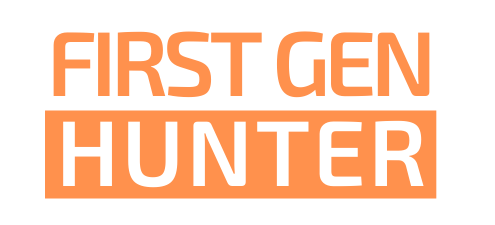Small Game Opportunities: Hunt Like a Predator
I once wrote an article about threats that exist for gun dogs while they are hunting. One threat that I mentioned had to do with gun dogs unwittingly being preyed upon. Of course such a circumstance is pretty rare, but what this scenario highlights is the fact that predatory species are incredibly opportunistic. In the article I mentioned the reality that predators have a tough time making a go of it in the wild. Aside from the occasional luck of catching wind of a rotting carcass, they will have to kill for every meal they get. Think about the energy required for us to kill an antlerless deer with a gun, sitting in a tree stand. Although the sitting and waiting part is pretty effortless, the hike in, the climb into the stand, field dressing and dragging the deer and all of the other exertion required for just that one kill is pretty substantial. Now imagine what it would take to chase that animal down, fight and wrestle it to the ground, and physically dominate it into the position where we could kill it. Then we would have the chore of trying to protect our prey from other competing predators. And think about the times a predator whiffs, or gets injured during the struggle. This cognizance of what it takes to defend the title at the top of the food web begins to get pretty stressful doesn’t it? That is why most predators have to take advantage of the “easiest” opportunities presented to them. One of the best examples of this approach to hunting can be seen in the bobcat.
Photo by Ray Hennessy on Unsplash
Bobcats are known to prey on adult deer, but typically in only the most drastic of scenarios. More frequently bobcats will prey upon mice, cottontail rabbits and ground nesting birds. It’s probably an accurate guess to think that a bobcat would prefer to dine on a mature venison backstrap, but the effort required for such a small predator to take down such a large animal and successfully defend the kill from other competitors is staggering to say the least, and the risk for injury that could ultimately lead to the inability to hunt at all is also very possible. So, rabbits it is. This opportunistic hunting strategy is one we hunters would be wise to borrow from our fellow mammal.
To me the best part of hunting is an even draw between the experience and the food. I like to call it “getting food the hard way.” The stories, pictures and sense of freedom while hunting are just as powerful as the sense of accomplishment that we are privileged to enjoy for many meals from the game we hunt. In order to attain the satisfaction of eating our hard work, we sometimes have to pursue our quarry with a singular focus- such as deer hunting and turkey hunting. There is careful preparation that goes into the timing of these hunts and the impact of our scent, noise levels, and visual presence. Rarely do these forms of hunting allow room for taking a shot at a passing squirrel or an unaware cottontail nibbling grass 15 yards from our deer stand. But when we take to the field for a more active form of hunting, such as upland bird hunting, these extra limitations are significantly less important. This means that although we are primarily pursuing one species of game, if we are presented the same unexpected opportunities that we would most likely have had to pass up from the deer stand, we are now free to capitalize on the situation. Like the bobcat, we won’t go hungry.
Photo by Saori Oya on Unsplash
So how do we apply this? I think it’s actually quite similar to fishing. When the boat is floating over scattered rock piles, we would be wise to start jigging for smallies. When we pull up into lily choked coves, we find our best topwater frog and start pad hopping for largemouth. When we find a shaded, submerged tree branch we start digging through the tackle box for small jigs and inline spinners to target panfish. The point is, we need to let the habitat guide us to these bonus opportunities. When we are walking a CRP patch that is adjacent to some hardwood timber, we should give an occasional glance at the tree tops to see if we have any bushy tailed spectators. Or when skirting around the edge of a large brush pile, we can pretty much guarantee there is at least one cottontail to be had. And these are just the bonus opportunities- the chance for pheasant, or quail is never diminished throughout the hunt so we could end up with a heavy game bag by the end if we have the mindset of a predator.
Small game hunting can be incredibly rewarding when we make it the focus of the trip. Many hunters have found great success and satisfaction by simply spending the day scanning treetops for squirrels, or following their buddy’s beagles chasing after some swamp bunnies. But it can also be a lot of fun by just taking full advantage of all of the bonus opportunities we get when we are technically looking for something else. That’s what a predator does, and that’s what keeps them from going hungry.


